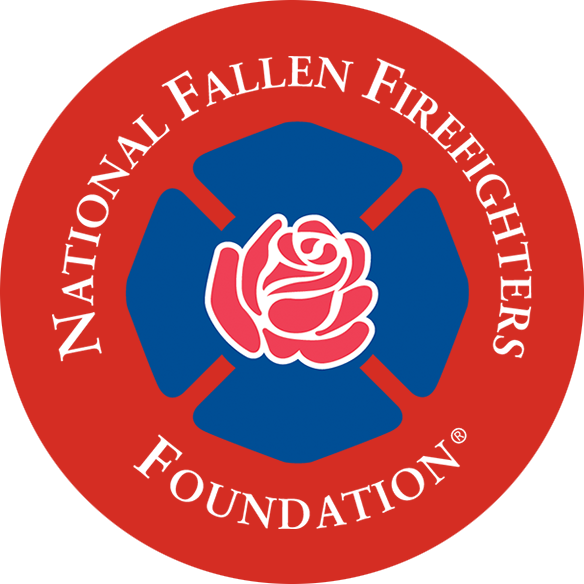Wildland Urban Interface Fires Lessons Learned
This module is appropriate for both “blue shirts” (structural firefighters) and “yellow shirts” (wildland firefighters). The goal is to work together more effectively at wildfire responses.
Preventing Carbon Monoxide Poisoning in the Fire and Rescue Services
This program introduces fire service personnel to carbon monoxide: scientific properties, sources, detection, effects on the human body, exposures to firefighters, and exposure mitigation strategies. The module provides critical, concrete, accurate information and best practices you can use immediately to reduce your CO exposure and protect yourself and your colleagues from injury and death.
Why Sprinklered Buildings Burn
Sprinklered buildings sometimes still burn for many reasons, including design deficiencies and impairment to the sprinkler system that occurs either prior to or during the fire. In this self-paced program, you will learn why sprinklered buildings burn and how these causes can be mitigated.
Why Advanced Pre-Planning is Important: A Greensboro Case Study
This program features a case study of a nearly fatal fire at an auto repair shop in Greensboro, NC, highlighting the importance of advanced pre-planning for complex properties, with insights from the Greensboro Fire Department on lessons learned and subsequent improvements to their preplanning process.
Engine Company Operations at Fires in Sprinklered Properties
Fire officers and firefighters must understand how to interact with automatic sprinkler systems to save lives and protect property, and this self-paced program outlines the critical initial actions required upon arrival at a property with an activated sprinkler system to ensure effective incident management and system restoration.
Developing a Pre-Incident Plan for a Protected Building
This self-paced program teaches how to complete pre-incident plans for commercial and industrial structures with sprinkler systems, enhancing fire suppression efforts and fostering relationships with property stakeholders, crucial due to the relative infrequency of such callouts compared to residential properties.
Automatic Sprinkler System Design and Function
Firefighters must understand how sprinkler systems work to pre-plan fire response and to use sprinklers effectively during a fire incident. This self-paced program demonstrates the advantages of automatic sprinkler systems, then describes how they work and what components they contain.
After-Action Review
After Action Review (AAR) offers the fire service the opportunity to formalize the tradition of informal post-incident conversations into a simple, but systematic, guided process of analyzing, refining, and improving incident response. This fire service training module explains the origins of After Action Review, its application to the fire service, how to implement it, and the important role it plays in culture change.
Advanced Pre-Planning for Complex Properties
This program emphasizes the importance of comprehensive pre-incident plans for complex properties, detailing the selection criteria, information gathering, analysis, and dissemination to incident commanders during events.
Health & Safety at Wildland Fires
This module discusses the unique characteristics of wildland fire responses, the known hazard categories and safety practices that mitigate these hazards, and how to practice effective risk management.
Responding to Violent Incidents 2.0
Apply firefighter health and safety principles to violent incident response policies, standard operating procedures and training. Updated in 2021 to include responding to active shooter and civil unrest events
Automatic Fire Sprinkler and Alarm Systems
Review the benefits of automatic fire sprinkler and alarm systems to firefighter health and safety and evaluate a set of core principles to guide a firefighter’s interaction with these systems.


